ABSTRACT
Background
Planning occupies an important position in business literature. It is a well-investigated area with a long and extensive research tradition. However, the findings of the research are not consistent. In the planning literature there is a strong debate among researchers which results in two opposing points of view. On the one hand, proponents of planning in business, also known as the planning school, claim that planning plays an important role and has a positive impact on companies. On the other hand, opponents challenge these claims and suggest that a company should instead focus on flexibility, learning and resource utilization.
These claims may be of particular interest in new ventures. The environment in which new ventures usually operate may be turbulent with a high degree of uncertainty and a lack of resources. This setting may create problems for the application of planning procedures and can contradict suggestions in existing literature. In addition, the entrepreneur plays a crucial role in every new venture. He or she is the one who founds the new venture and is the main decision-maker. Planning activities compete for resources and time, which are scarce commodities in new ventures and can cause entrepreneurs to allocate less time to the business itself.
Purpose
The purpose of this thesis was to investigate the changes in business planning in new ventures. In addition, we endeavored to explain the reasons why these changes occur and what sparks them. Our aim was to gain in-depth understanding of the business planning change phenomenon in new small-sized firms and add additional knowledge to the existing planning literature.
Method & Theory
Semi-structured interviews with six entrepreneurs in the Jonkoping region were conducted to collect the empirical data on business planning within the service industry. The collected data was analyzed together by applying the theoretical frame of references.
Conclusion
The thesis concluded that three main business planning situations occur in new ventures. These were at first a smooth or volatile increase during the beginning period of new ventures and resulted in the presence of the stabilised business planning pattern in the later stage of new ventures. This study also observed three main drivers behind those changes: business planning experience, economical factors and customers.
THEORETICAL FRAME OF REFERENCE
Business Planning
Business planning is defined as those efforts by a firm’s founders to gather information about a business opportunity and to specify how that information will be applied in order to create a new organization to exploit the opportunity (Castrogiovanni, 1996).
Researchers in the planning field define several key components of business planning (Ansoff, 1965). These components include definition of goals, creation of paths to achieve these goals, and evaluation and decision of alternatives, as well as implementation and control.
In the planning literature, there can be identified two concepts. On one side the outcome of business planning, on the other the process of business planning (Boyd & Reuning-Elliott, 1998; Pearce et al., 1987a,b). The outcome of business planning represents the amount of written documentation. For example, the business plan, as the product of business planning, reflects the procedures of gathering and analyzing information, defining risks and strategy, and evaluating required tasks (Castrogiovanni, 1996; Sexton & Bowman-Upton, 1991).
METHOD
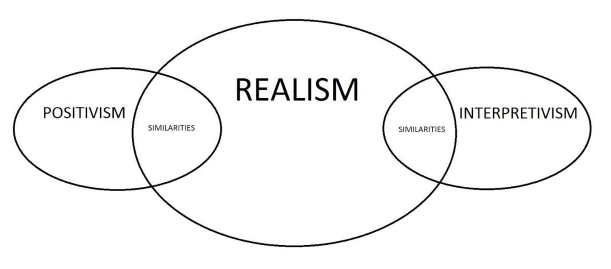
Figure 2 Research philosophies.
The research philosophy provides scholars three main philosophies: positivism, realism and interpretivism (Figure 2). This is very important in order to describe the point of view from which the writers of this paper see the world.

The next step was to send emails to the companies to inquire if they would be willing to participate in our research. The emails contained a few questions regarding business planning to give potential participants an idea about the content of interview. At this step nine companies were eliminated due to a lack of response and availability because of their schedules. After this step the final sample was created with six companies (Table 1) and those companies were participating in interview as a source of empirical data.
EMPIRICAL FINDINGS
Interview Results
The six interview results are presented in this section. As for each company case, we started with the brief introduction, followed by the detailed presentation. The presentation is divided into three parts; background, interview summary and additional questions which is presented in the appendix 1.
The company is about seven years old. The number of employees varies depending on the market demand. The company offers graphic design and illustrations for companies. Sometimes additional employees are hired for more specific tasks, however, the number of employees stays around three.
ANALYSIS
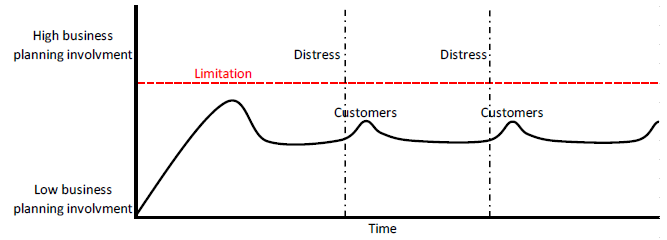
Figure 3 Company 1. Business planning involvement chart.
The entrepreneur emphasized that growth in size is not the company objective since this will require more business planning involvement and this is not what the entrepreneur wants to focus on. Unwanted growth creates a limitation for the company and this is represented by the horizontal line on the graph. In addition, it was mentioned by the owner that an increase in size will increase complexity and the volume of decision making, which is also unwanted. The visualization in presented in figure 3.
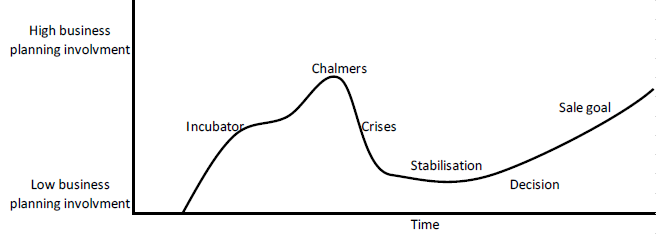
Figure 5 Exoro business planning involvement chart.
The entrepreneur set a new goal based on the customer relationship and service quality. This stable phase lasted until a new decision was made concerning the future of the company. Since the entrepreneur is approaching retirement age, he decided to focus on creating and raising more value for the company. He also stated that the written business plan was considered a blueprint with some updates, which again increased business planning involvement (Lange, et al, 2007). The visualization is presented in figure 5.
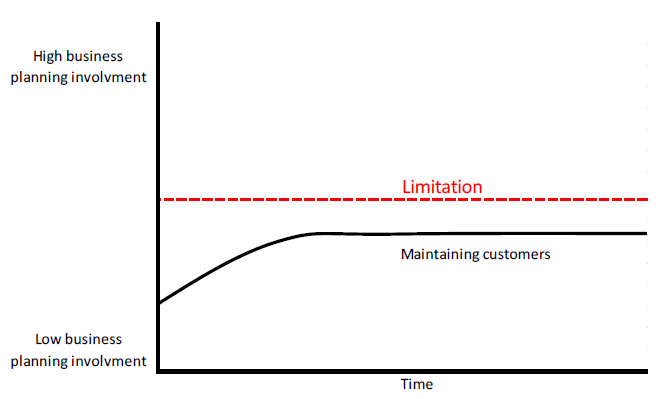
Figure 8 DivCon business planning involvement chart.
It was also mentioned that maintaining good relationships with customers and assuring the quality of service is the priority. This explains why business planning involvement stabilised. In addition, based on the interview we can conclude that Divcon is a customer-oriented company rather than a profit-oriented one. The visualization is presented in figure 8.
CONCLUSION
The purpose of this thesis is to examine and understand how and why new ventures follow certain development paths of business planning over time. By answering the research questions, we have fulfilled the purpose of our study.
Firstly, we asked “How does business planning change over time in new ventures?”
The results of analysis conclude in a finding of the stabilisation pattern of business planning and changes before stabilisation.
The second research question concerns the reasons for the changes, “Why do certain changes in business planning occur in new ventures?” Therefore, after the changes are identified, the reasons for the changes are elaborated afterward.
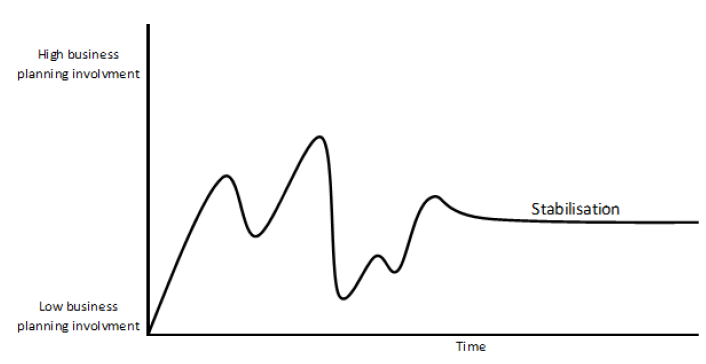
Figure 9 Many change before stabilisation.
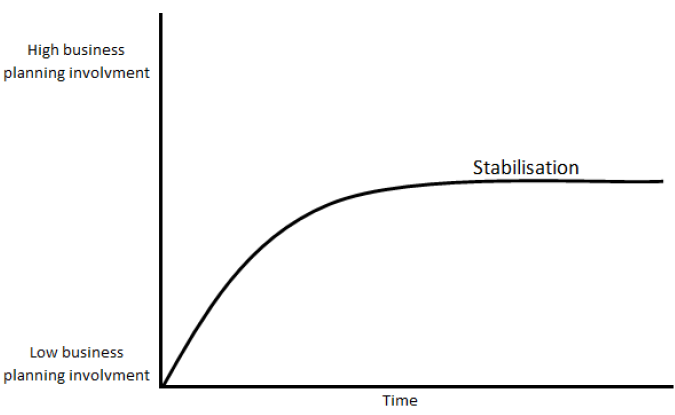
Figure 10 Smooth transition before stabilization.
This stabilisation pattern was observed in every case, therefore, we consider it as a change and elaborate about it to answer our research questions. From the visualisation of the analysis we can clearly see that the stabilisation pattern occurs after two situations. Situation one (Figure 9) shows many changes in business planning involvement before stabilisation (Exoro, Fraktjack) and companies are led by inexperienced entrepreneurs. The second (Figure 10) situation shows a smooth transition from the initial increase to the stabilisation of business planning involvement (Company 2, IniQ, Divcon). In addition these companies were led by experienced entrepreneurs. The last part of this section will elaborate increasing changes in business planning involvement at the beginning of a new venture.
Source: Jönköping University
Authors: Przemyslaw Jablonski | Richard Grezdo | Hong YangXueJing
>> 200+ IoT Led Projects for Final Year Students